On October 1, the first world exhibition in an Arab country will open. On 438 hectares between Dubai and Abu Dhabi, EXPO 2020 will deal with the topics of sustainability, mobility and opportunities. Among the 192 participating nations, Austria will also be represented with the motto “Austria Makes Sense”. Together with querkraft, bleed and büro wien, Ars Electronica Solutions was responsible for designing the experiential spaces in the Austrian Pavilion and developed and implemented all the media installations.
On the occasion of the opening, we caught up with the voices of the most important people involved on the part of Ars Electronica Solutions and its partner querkraft, and we set out once again on a visual journey: A journey both back to the project’s beginnings and to faraway, hot Dubai, where the finishing touches are just being put on the Austria Pavilion.
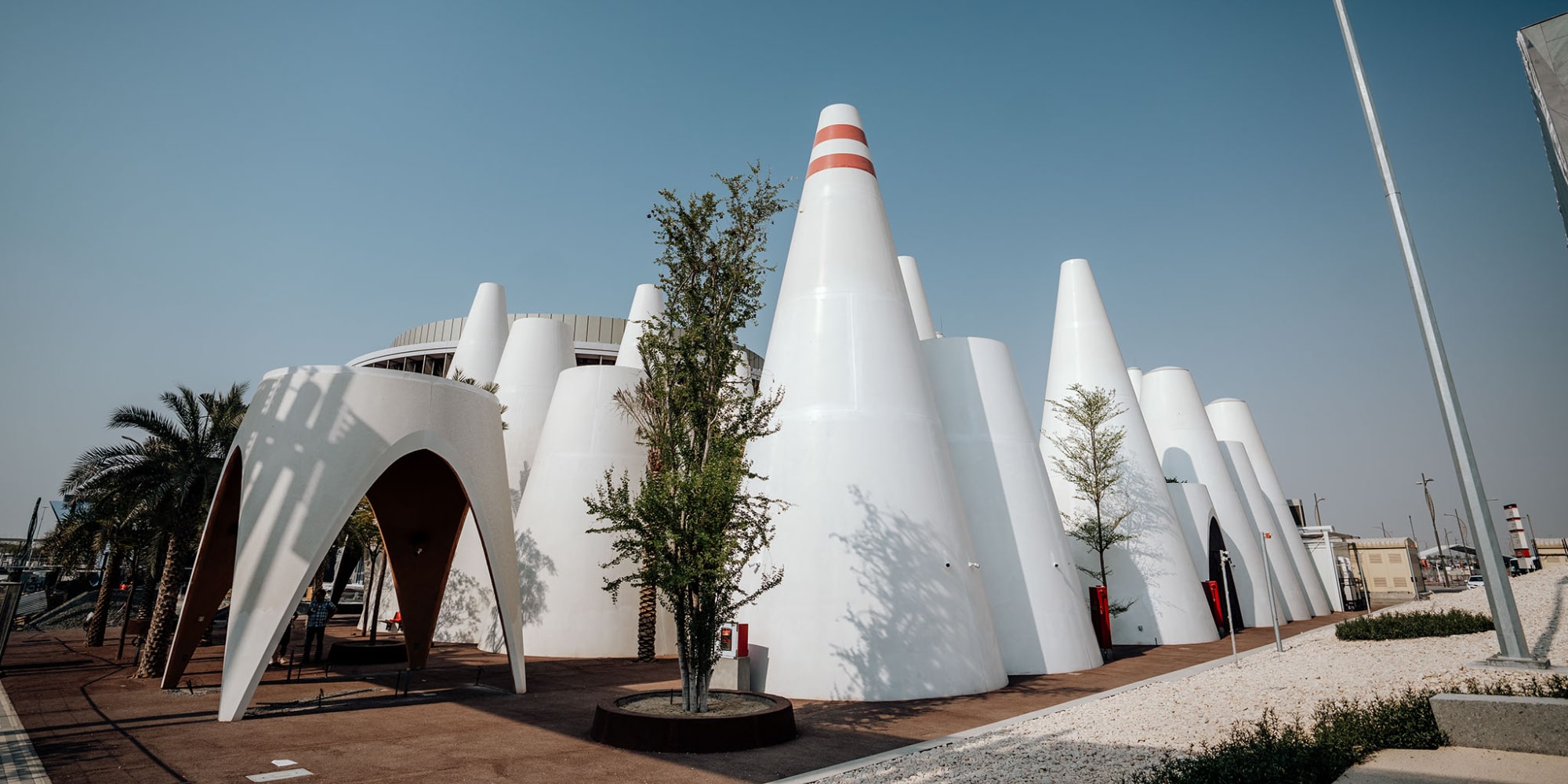
The pavilion is dedicated to the topics of climate change, renewable energies, resource conservation and digitalization. The architecture itself and the interior design also relate to the theme of sustainability, using a sustainable ventilation system and clay paneling to cool the building – essential for a country where the average annual temperature is 27 degrees. In this forward-thinking combination of architectural tradition, modern building concepts, and the latest technology, media art installations interact with the atmosphere of the interior to challenge and stimulate all human senses and reshape the way we think about sustainability and sustainable innovation.
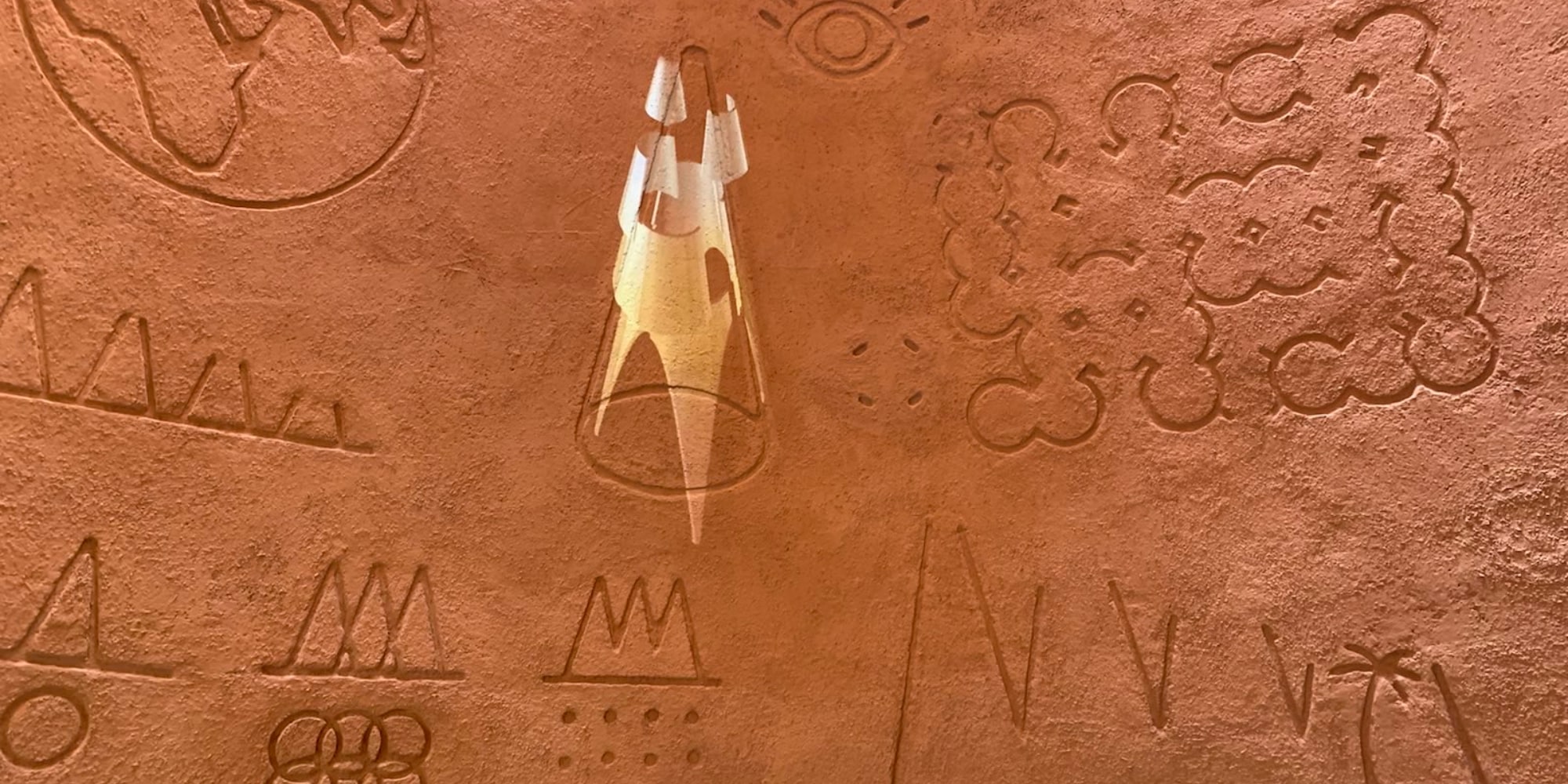

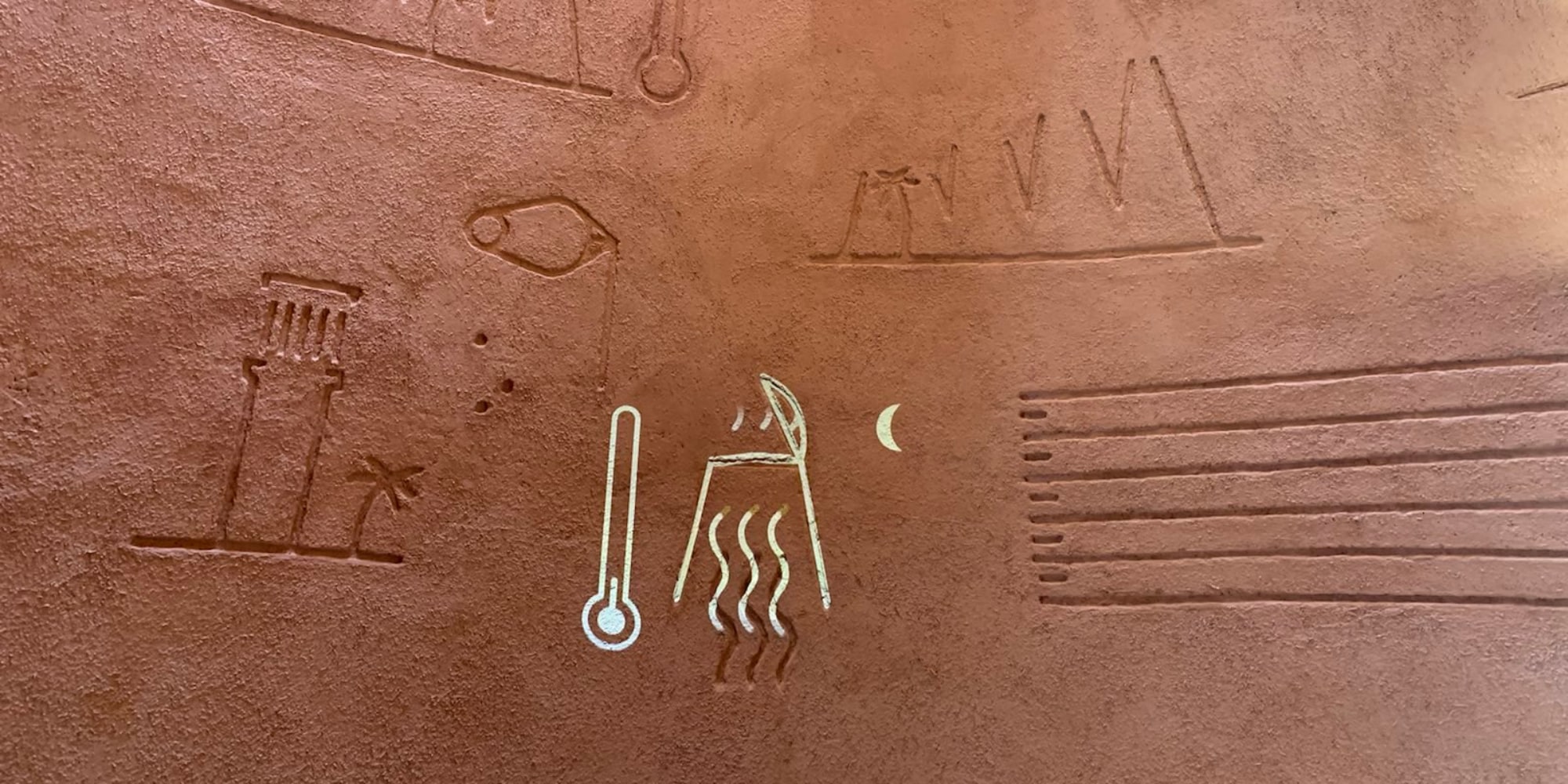
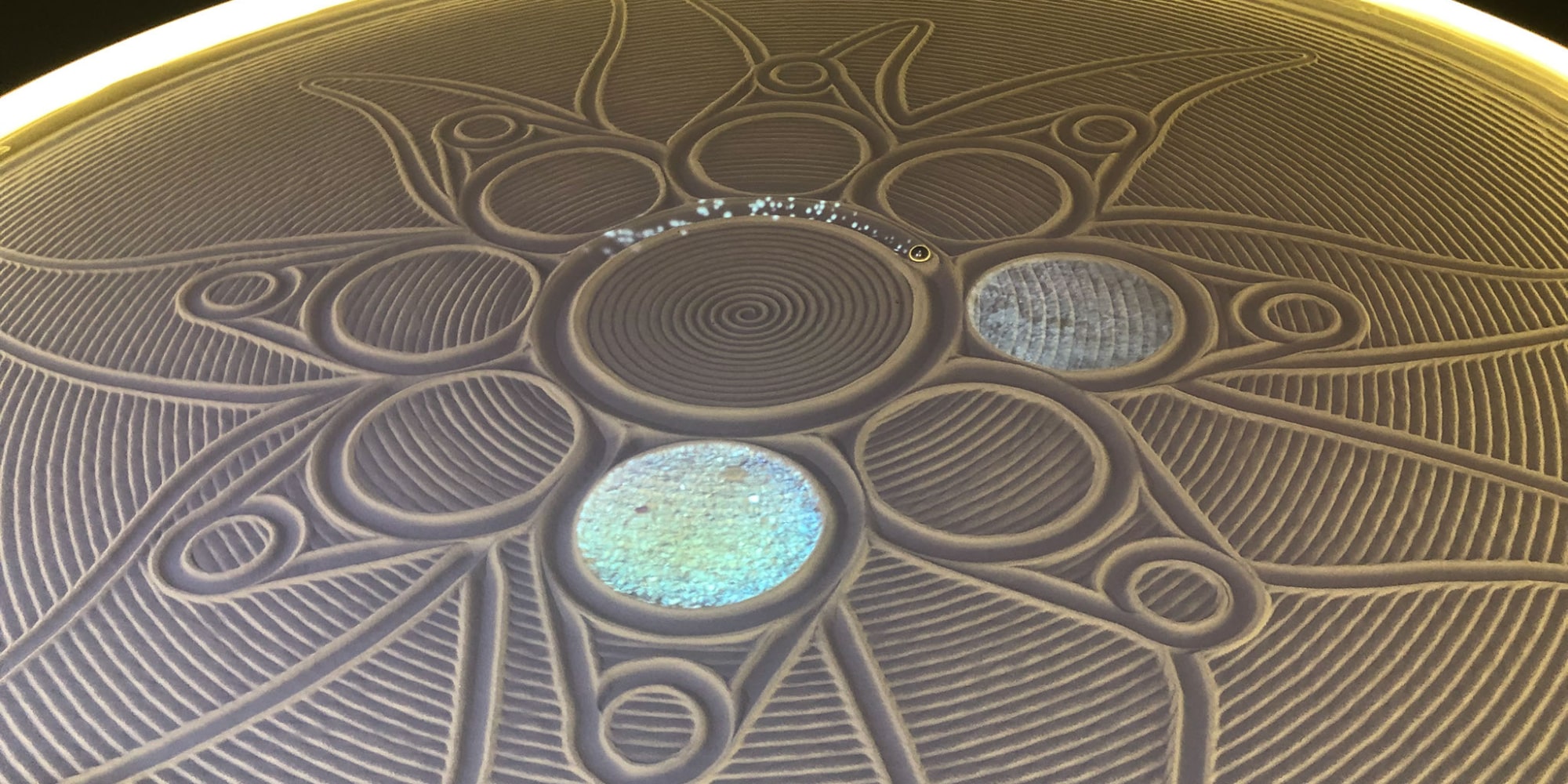
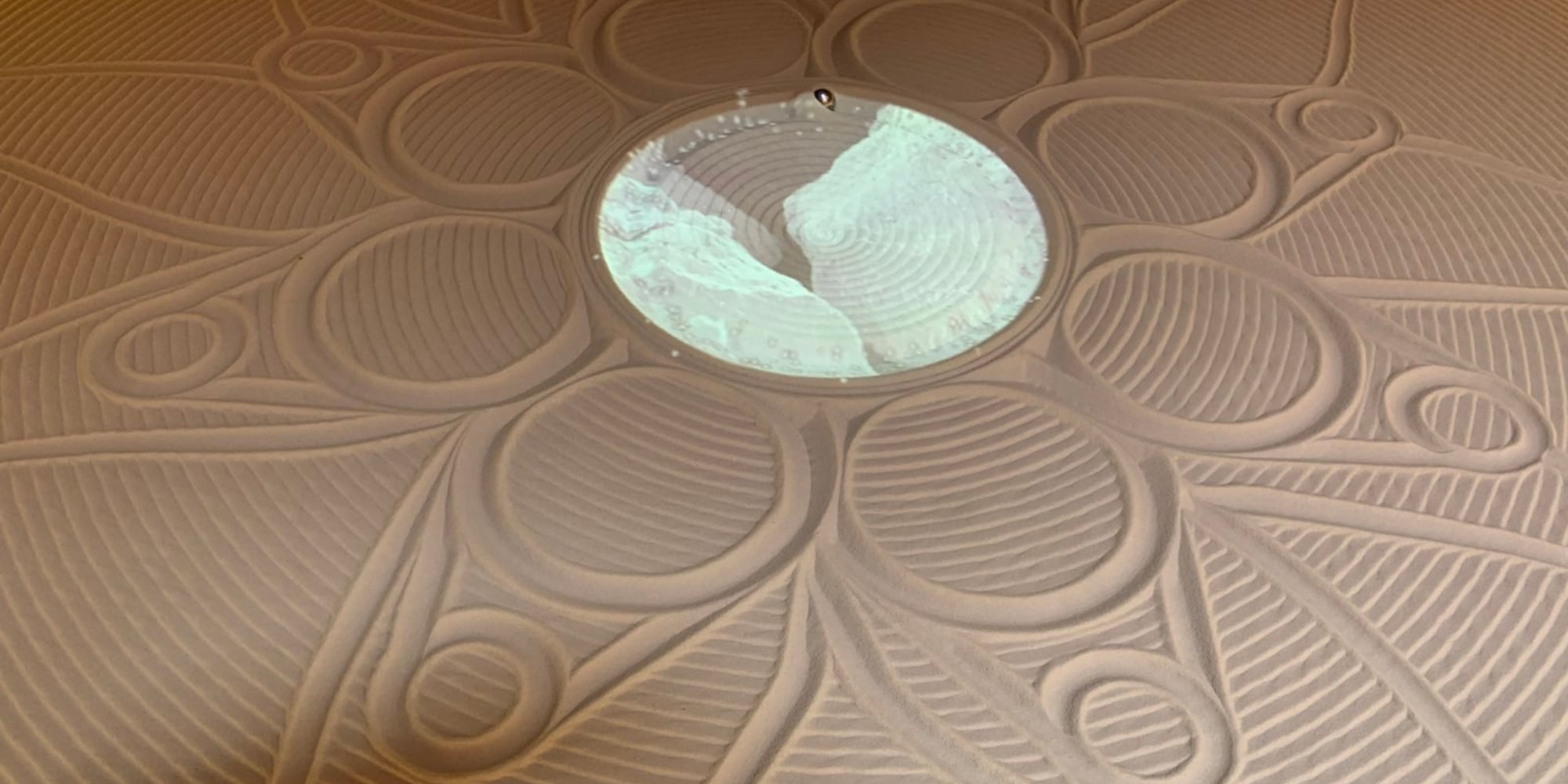

The Austria Pavilion offers space to enter into dialogue with the essential questions for a common and better future. The pavilion addresses one of the most essential questions for the future and provides a possible answer: mindful and respectful use of our natural resources. “Austria makes sense”, the title of the Austrian EXPO presentation, is meant ambiguously – on the one hand it refers to the sensual experience, on the other hand to Austria’s competence in the cultural, technological, scientific and economic fields.
“We are convinced that we can only appeal to the visitors if we address their emotions. So the pavilion is also a place of tranquility, where visitors find a space that appeals to all their senses. And that is precisely why we chose the title Austria makes sense.”
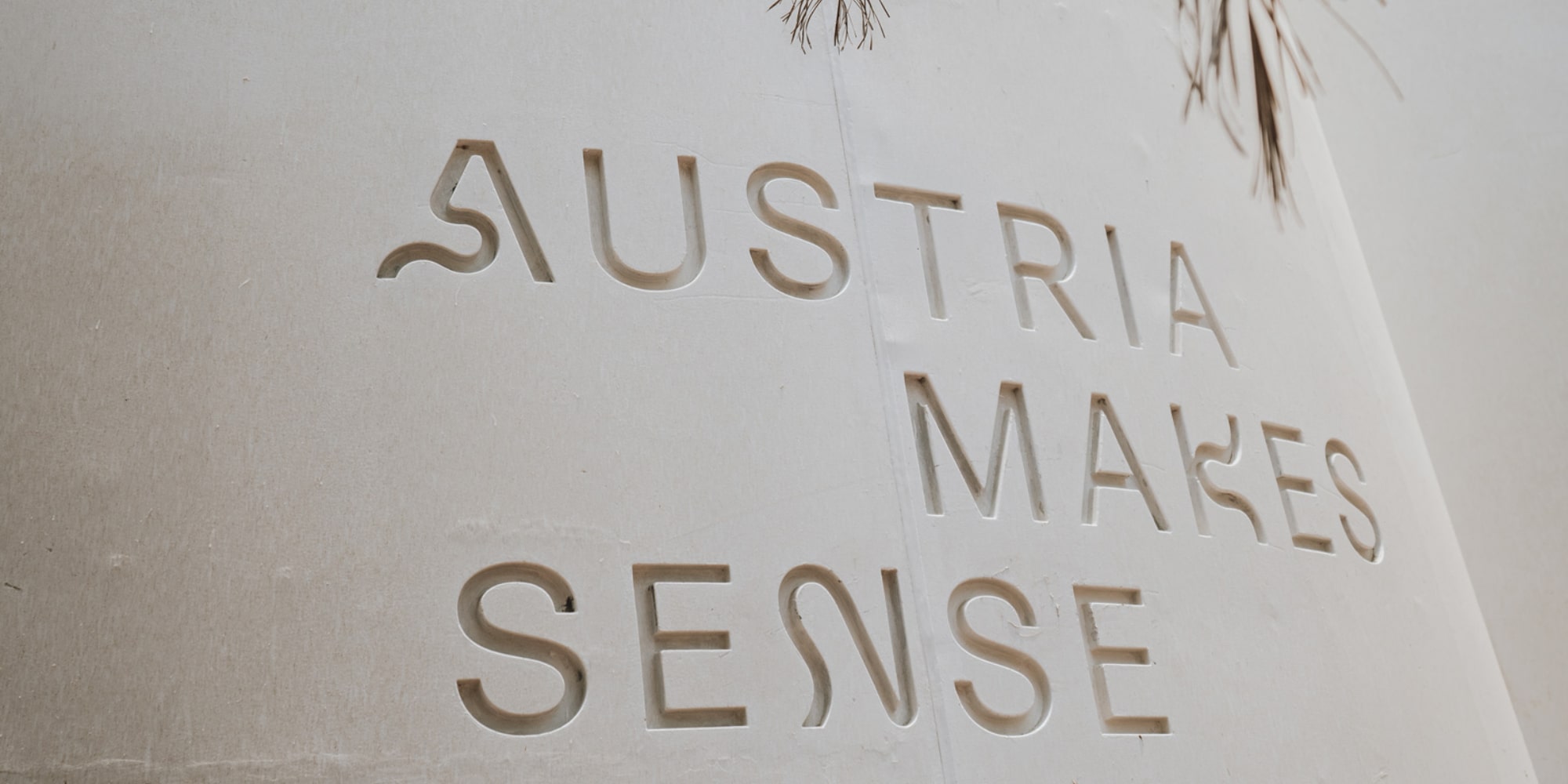
The targeted and creative use of preferably Austrian (media) technical innovations supports the sensual expansion of the perception of the installations and the Austria-specific contents of the pavilion. Every visitor becomes part of a collective experience in the Austria Pavilion.
“We have tried to enable visitors to engage in an empathetic dialogue with Austria with all their senses in all areas. We create a multidimensional impression of Austria here, which does not want to convince visitors of Austria argumentatively, but catches them emotionally.”

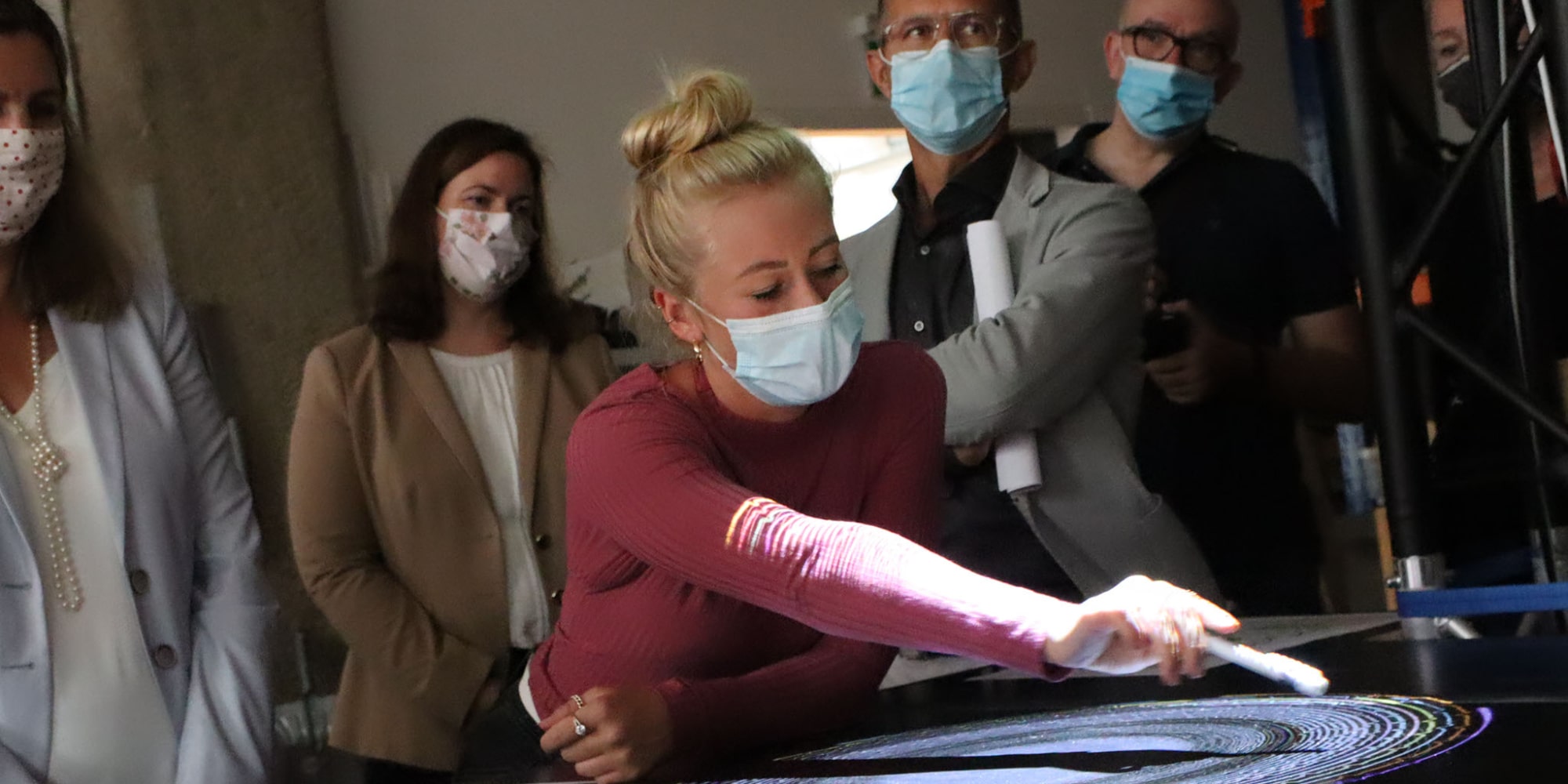
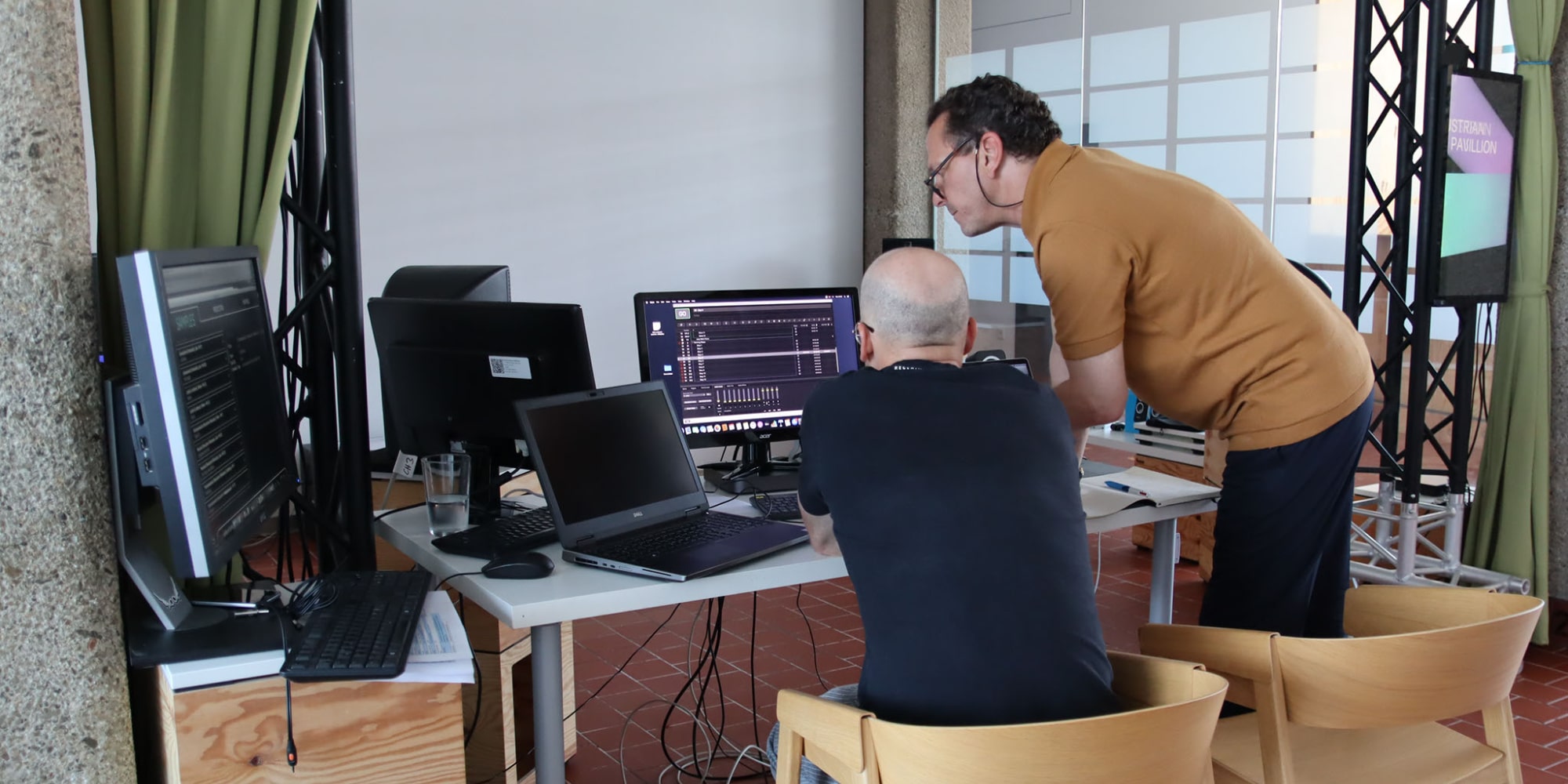

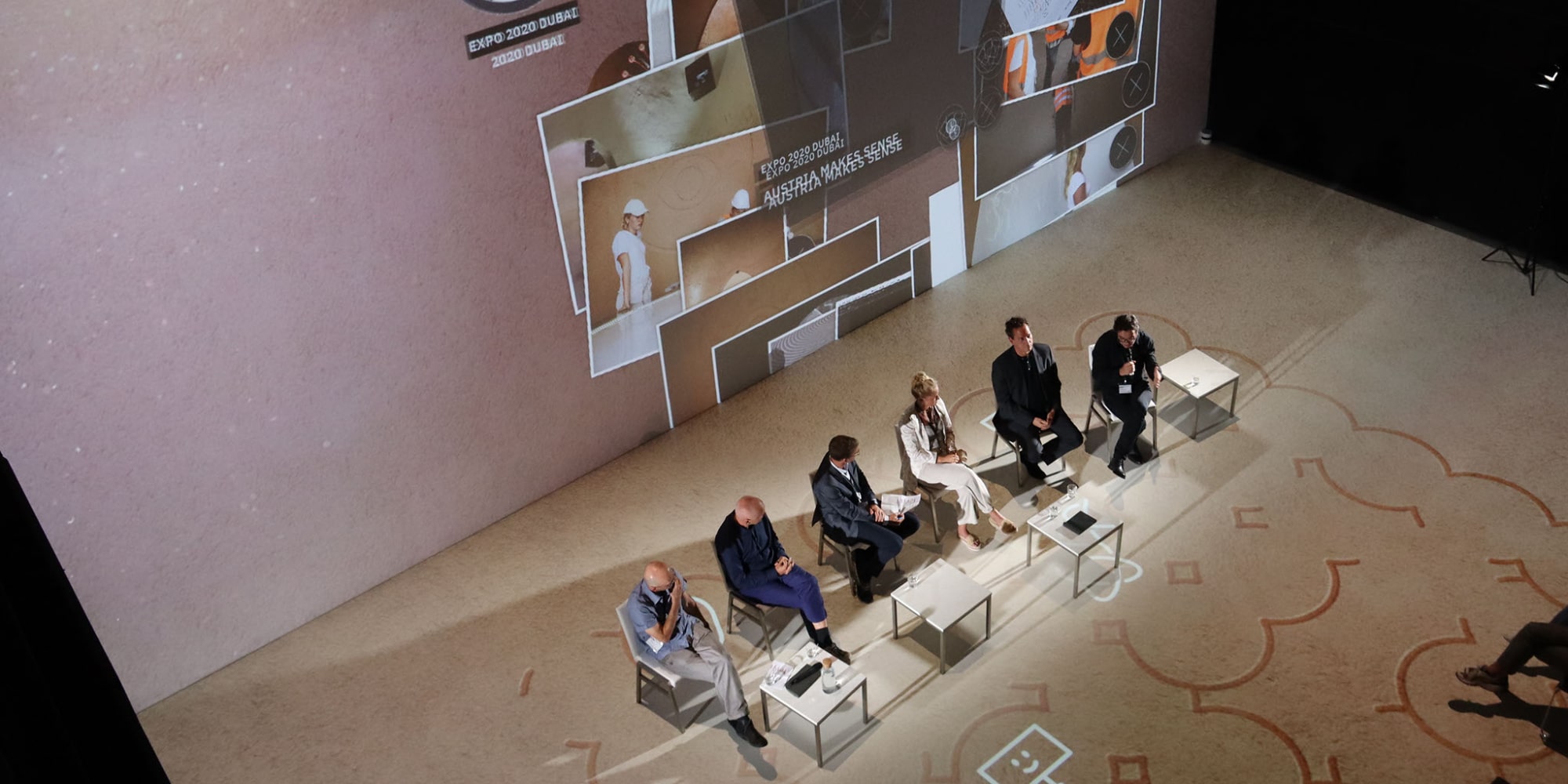
Of course, the Ars Electronica guideline was also elaborated in this project: The focus is always on the human being, not on the technology. The result is an immersive experience intertwined with architecture. Visitors are confronted with beauty and elegance, a symbiosis of artistic innovation and high-quality, complex media technology.
“Basically, we in Austria appreciate traditions, but we are also a society very concerned with modernity and this also very much in the areas of digitalization and innovative sustainability concepts and technologies. Defining what these aspects mean in the context of a renewed humanistic worldview was a central focus of the conception for the pavilion and its experiential spaces.”
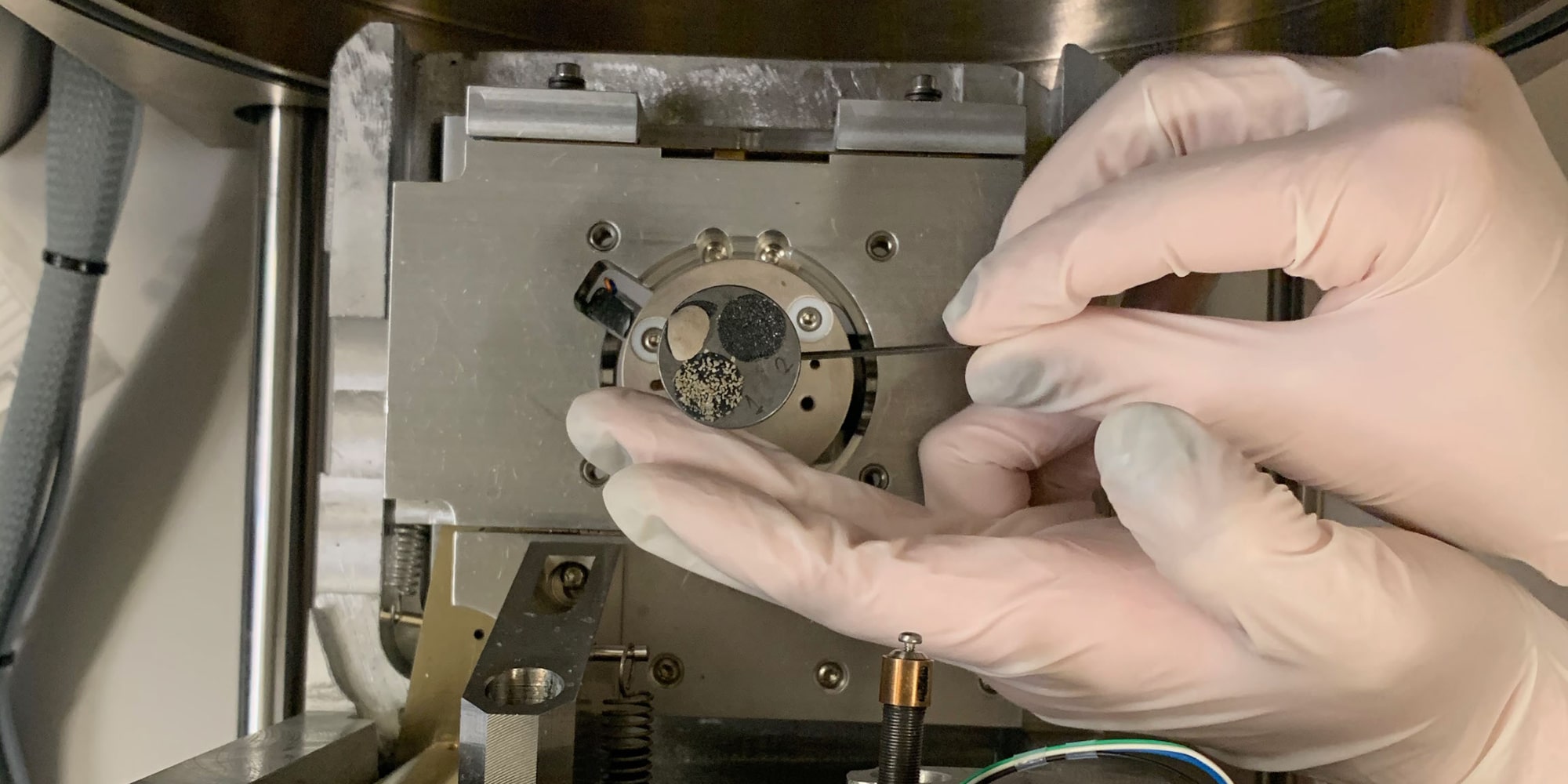
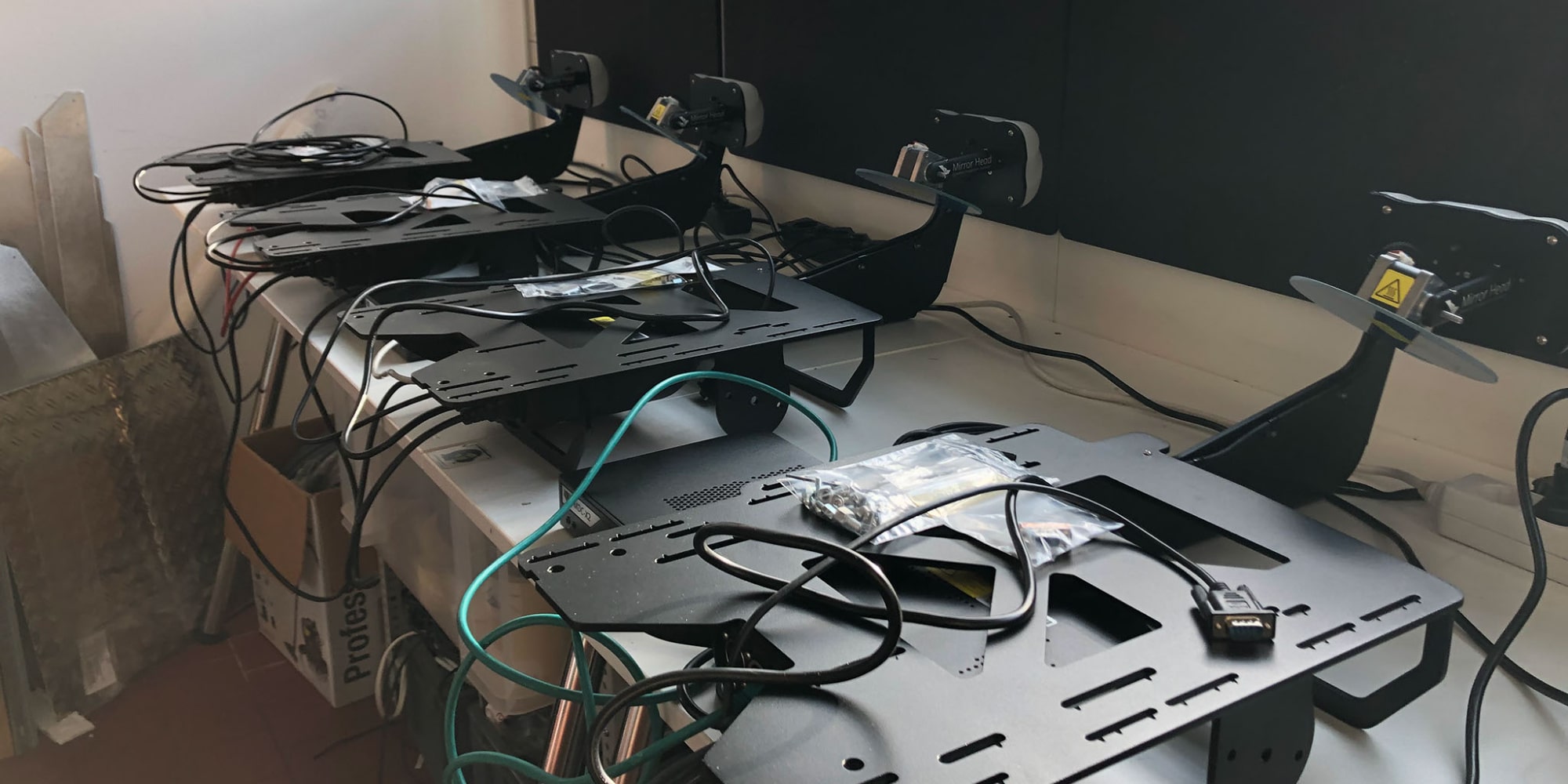

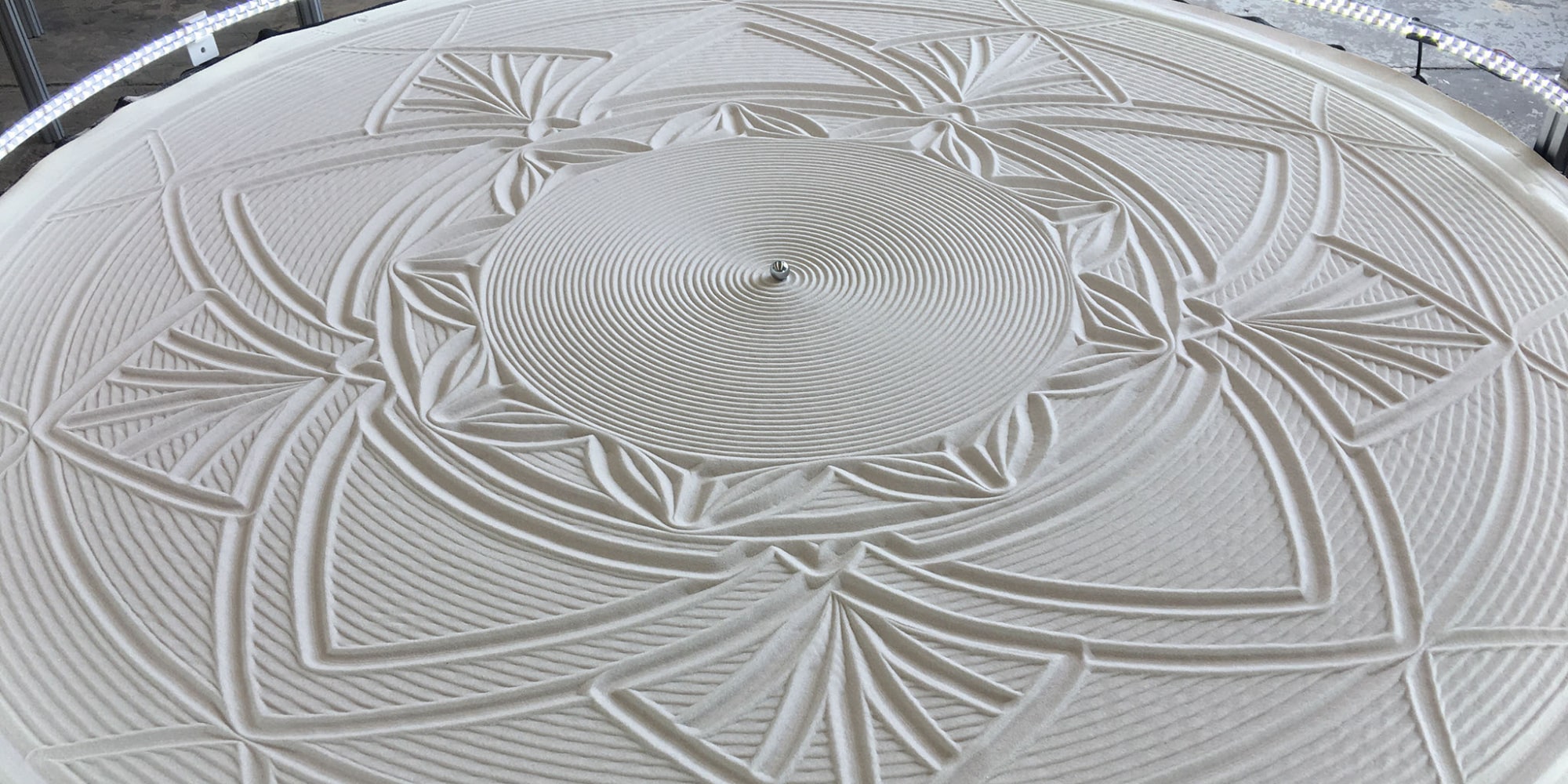
The architecture of the Austria Pavilion, consisting of 38 white cone towers and awarded the 2021 Architecture & Design Prize in the category “Sustainable Architecture”, stands out from the diversity of the 192 participating nations. Incidentally, it was inspired by traditional Arabian wind towers. But the interior is also special in every respect:
“The Austria Pavilion stands out, not only because of its architecture, but also because of the sensory experiential spaces. It’s also remarkable that a team of different Austrian companies worked together so integratively on and in the pavilion, making Austria’s independent innovative strength so clearly visible.”
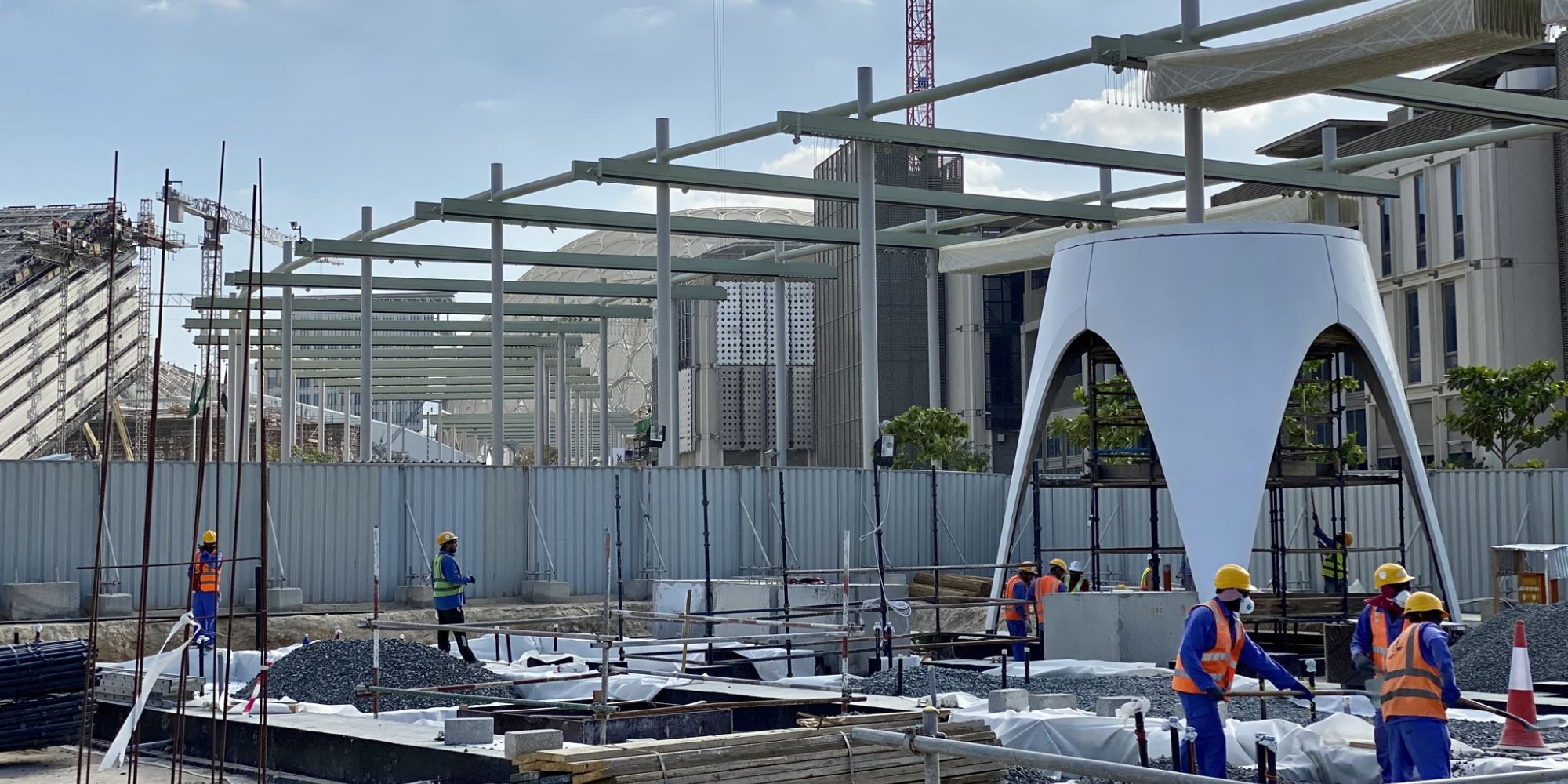
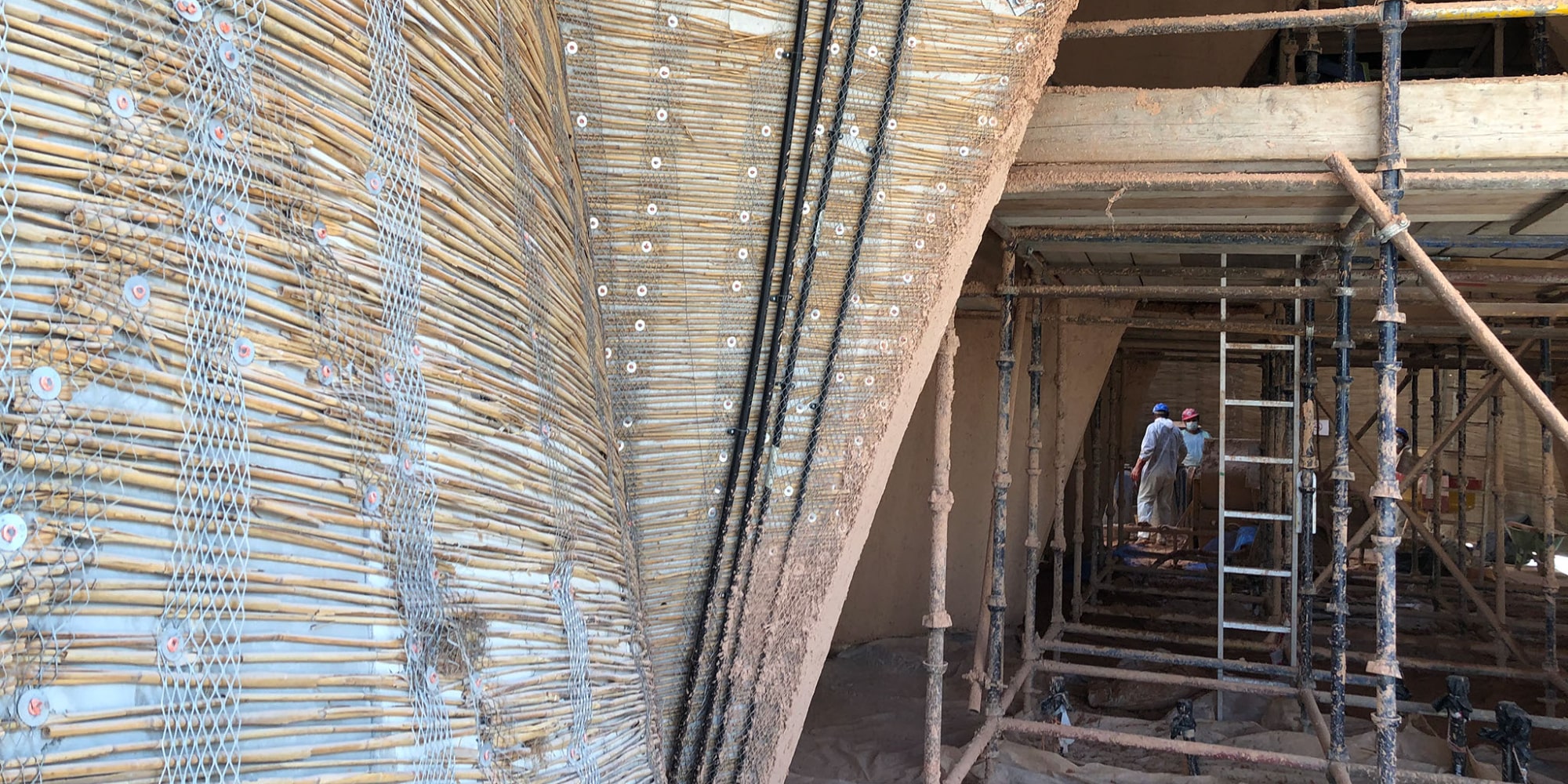


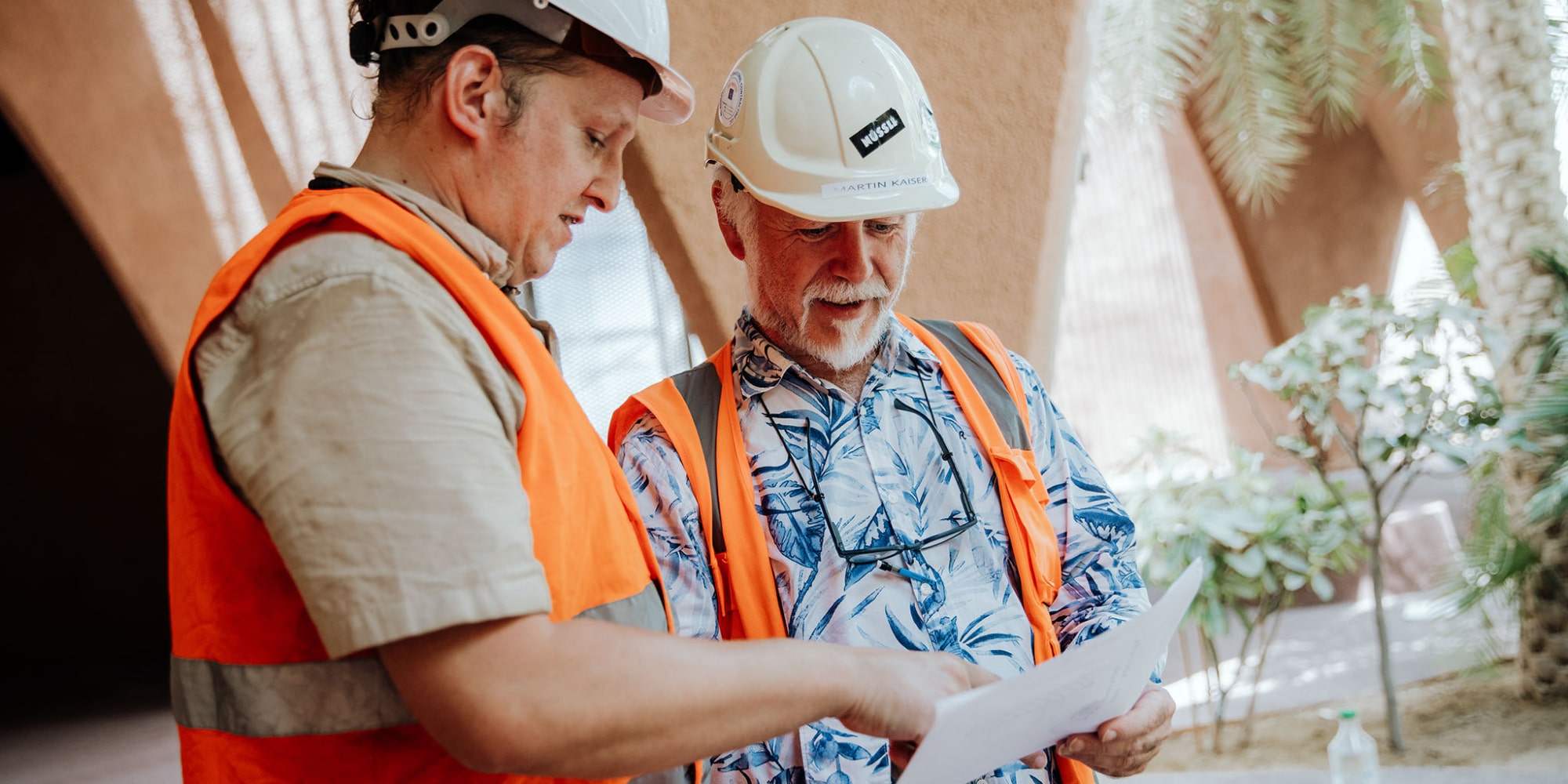
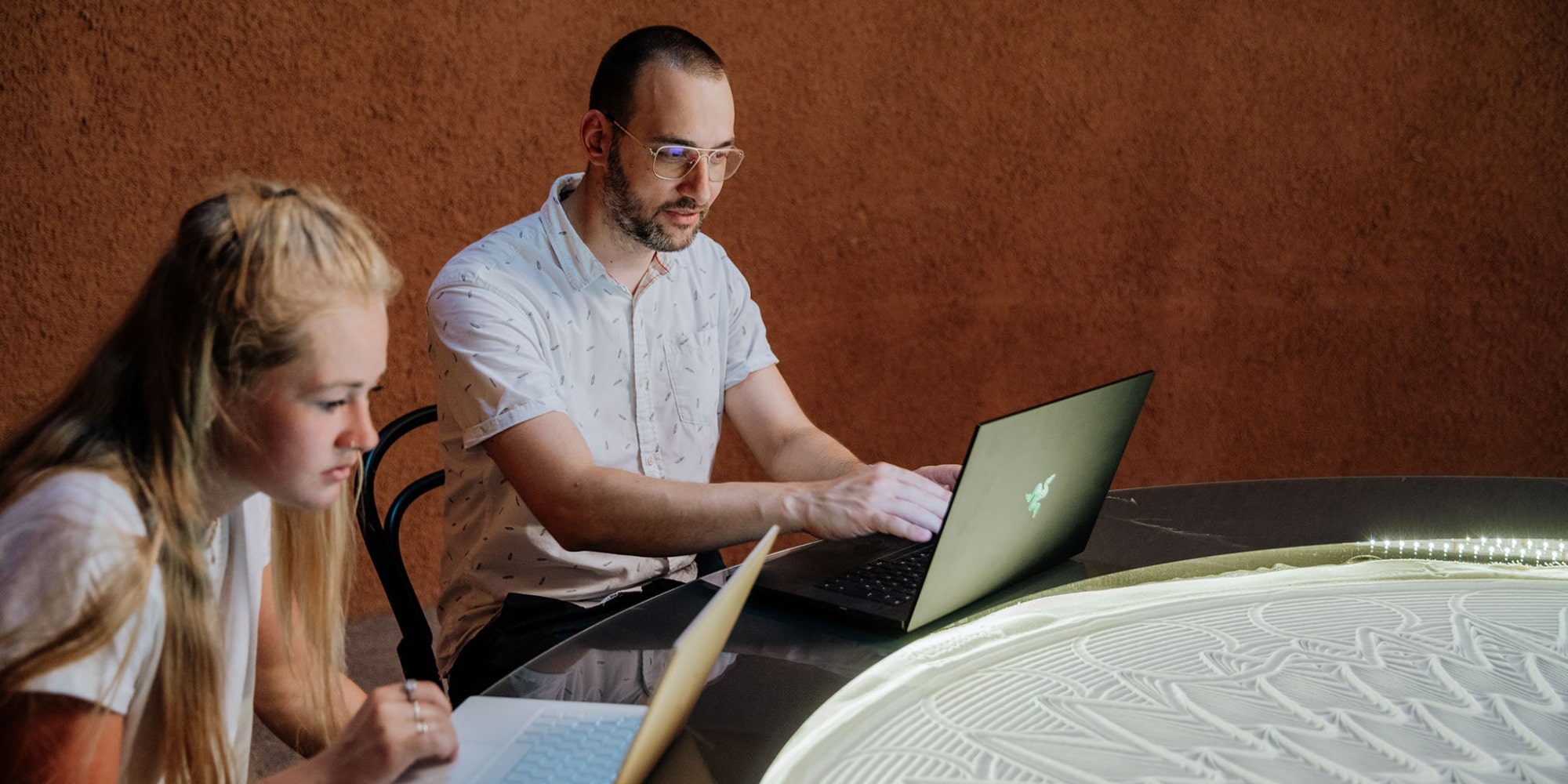
The variety of innovations Austria has to offer is also impressively demonstrated by the iLab – the economic heart of the Austrian pavilion. 53 Austrian companies present their innovations in the fields of digitalization, sustainability, renewable energies, circular economy, mobility of the future etc. here. Here, too, the focus is on the dialog with the visitors.
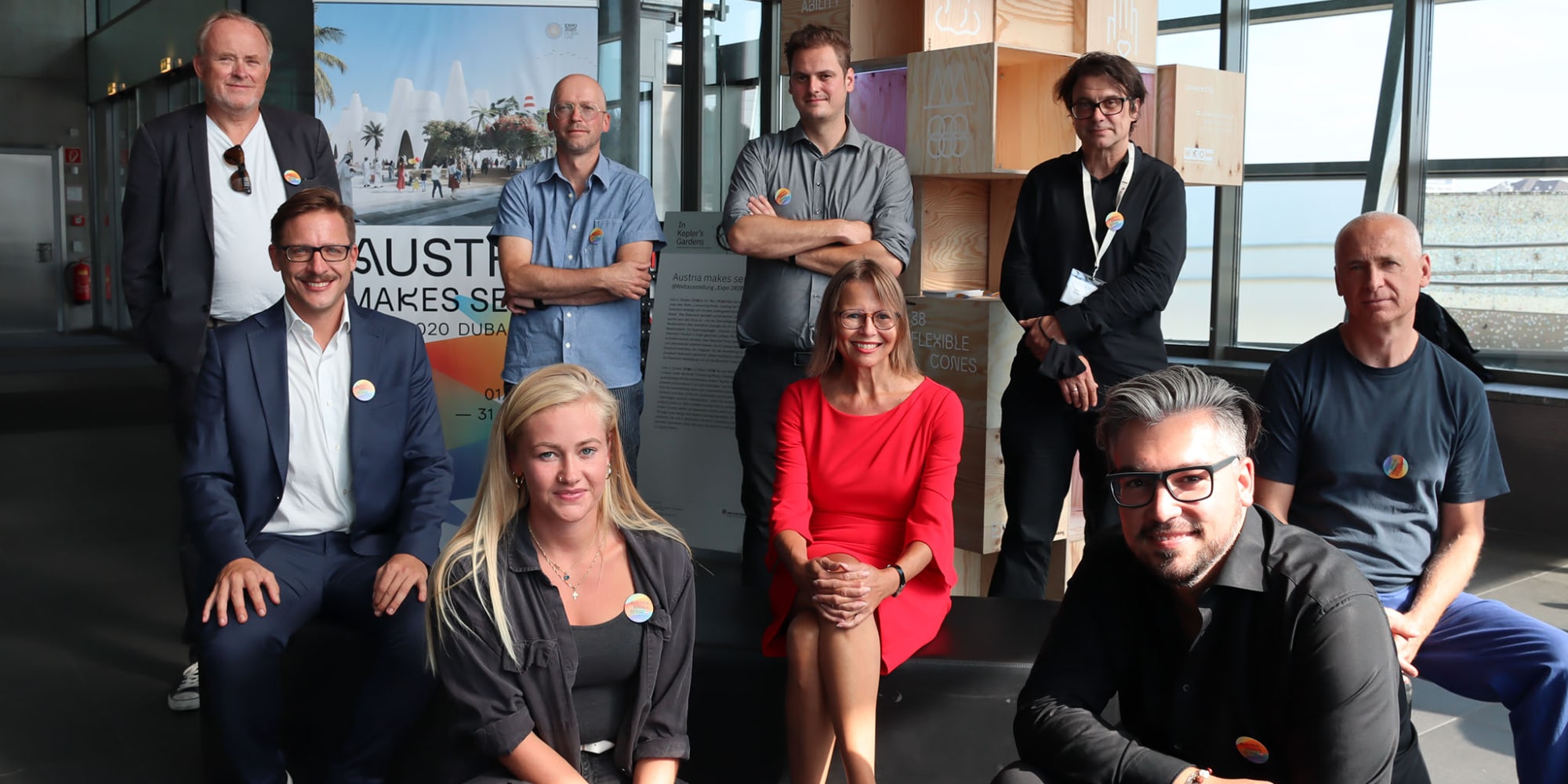
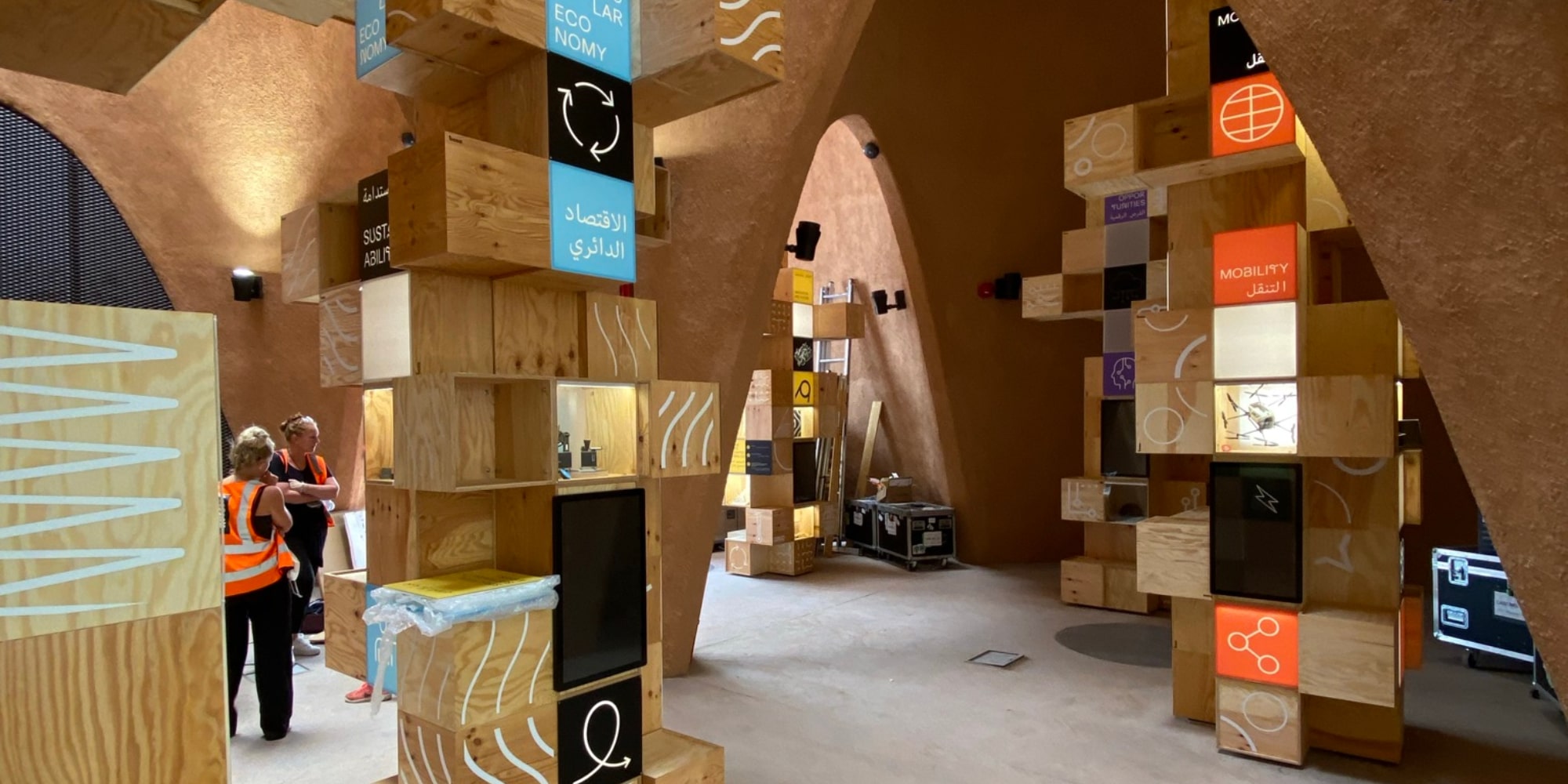
Sound plays a major role in the concept and here, too, a connection to Austrian musical tradition is created, for example in “Soundcones” by composer and musician Rupert Huber. Here, embedded in a large sound space created by the geometry of the pavilion, is an interactive sound installation.
“It is important to me to always see music and composition in a global context. To bring an interpretation of the Austrian musical tradition to the Arab region, adapted to the Austrian pavilion, and to interweave it with the local culture and landscape was a fascinating task. My interactive composition is based on a self-developed compositional technique to determine the right frequency and tonality via the spatial dimensions. My goal was to create the possibility to think with the ears, so to speak, the ephemeral space that the sound installation temporarily opens for the visitors.”
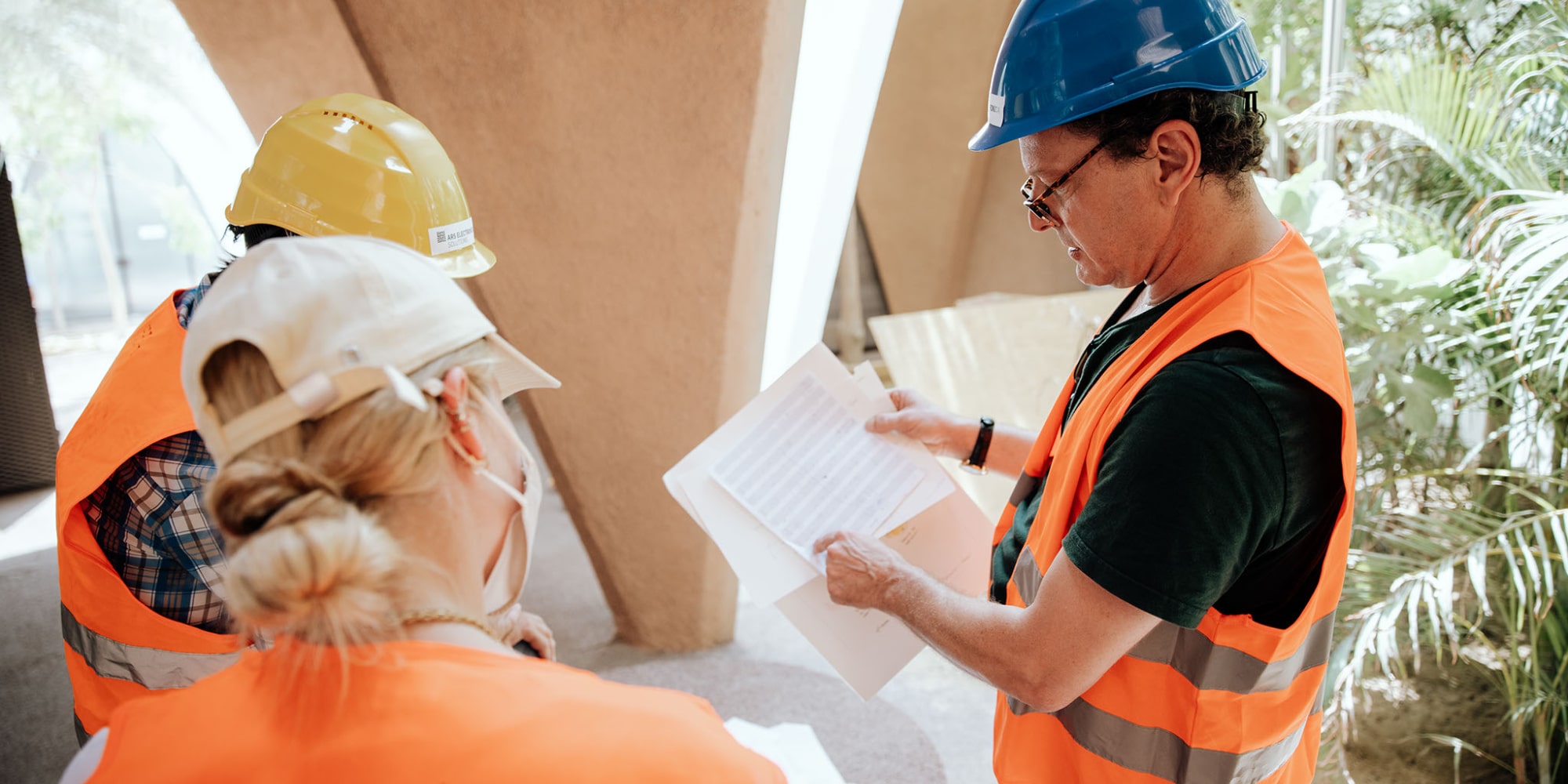

“Connecting Minds, Creating the Future”, the overall theme of EXPO 2020, is something the project team has taken to heart and together they have created an Austrian pavilion that is both traditional and modern, forward-looking but not futuristic, individual but still communal. We can hardly wait for the gates to finally open to the public after all and for the world exhibition to welcome the world to Dubai!
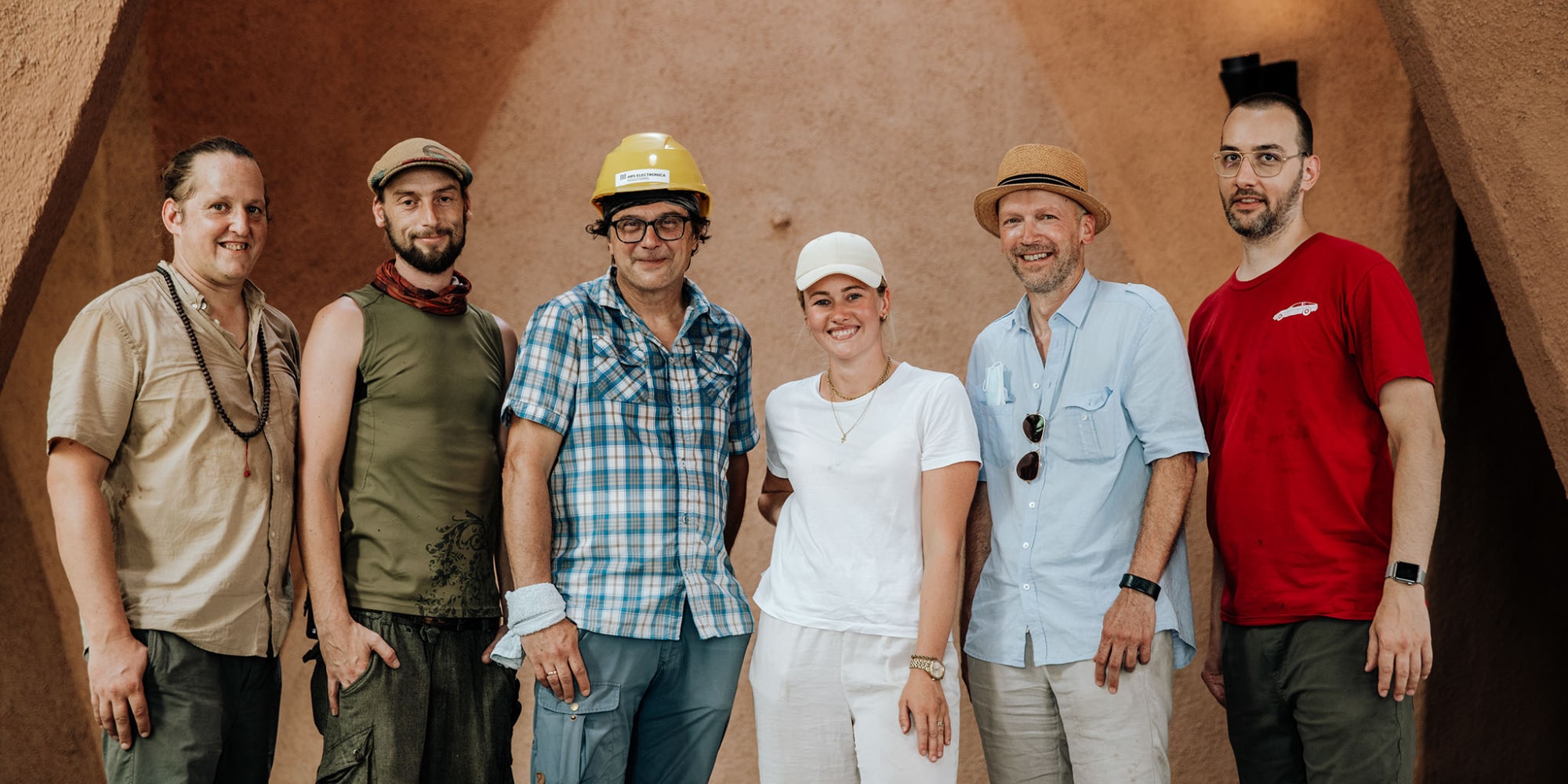
This project was funded and commissioned by Bundesministerium Digitalisierung und Wirtschaftsstandort und die Wirtschaftskammer Österreich.
